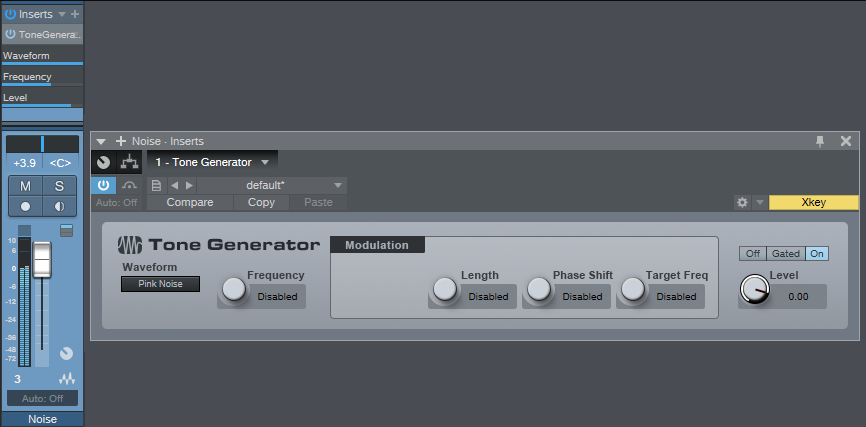The Virtual “How Does It Sound in a Car?” Tester
This tip is for those who won’t sign off on a mix until they’ve heard it in a car. There may be a scientific reason why this is beneficial: Noise tends to mask sounds, so if one instrument you want to hear gets lost in the noise and another jumps out, try a mix that raises and lowers those levels, respectively.
The ear doesn’t discriminate level differences as accurately as pitch differences, so without noise masking a sound, the level may seem okay. But as soon as you mix in noise, an important sound may disappear. If you increase the level just a bit so you can hear it, when you remove the noise there’s a very good chance you’ll like the new level setting better. Think of this as doing something similar to compression, but without applying any actual dynamics. You’re just making sure that the levels needing parity, have parity.
Of course this doesn’t mean you want everything jumping out of the noise—those tambourine and shaker parts are probably just fine as they are. The main sounds to listen to here are vocals, leads, drums, and bass, as well as their relationship to each other.
This also doesn’t mean you should mix consistently with noise, as it will bias your hearing (and besides, it’s truly annoying). I add noise in with a mix as a last diagnostic step. If the mix has sounded fine up until then and passes this final test, I consider it ready to master. And I don’t need to go driving anywhere, either.
Setup
Just follow the steps, and you’ll be good to go.

- Create a stereo audio track, and insert the Tone Generator effect. Turn the track’s fader all the way down.
- Choose Pink Noise as the waveform.
- Click On to start generating noise.
- Turn up the track’s fader to add noise to the mix.
One very cool aspect of the Tone Generator’s noise is that it’s true stereo where the left and right channels don’t correlate, so you don’t get any center channel buildup (as would happen with a mono noise signal).
As to how much noise to add, it’s kind of like maximizing. Set it 6 dB below the mix’s peaks, and you’ll hear what occupies the upper 6 dB of dynamic range. Set it 12 dB below the mix’s peaks, and you’ll hear what’s in the upper 12 dB of dynamic range. This isn’t an exact spec per se, but it provides a rough standard of comparison.
As crazy as this idea sounds, try it sometime and tweak your mix. Then turn off the noise, take a short break so your ears get acclimated back to normal hearing, and then check the mix again. I won’t be surprised if you hear an improvement!